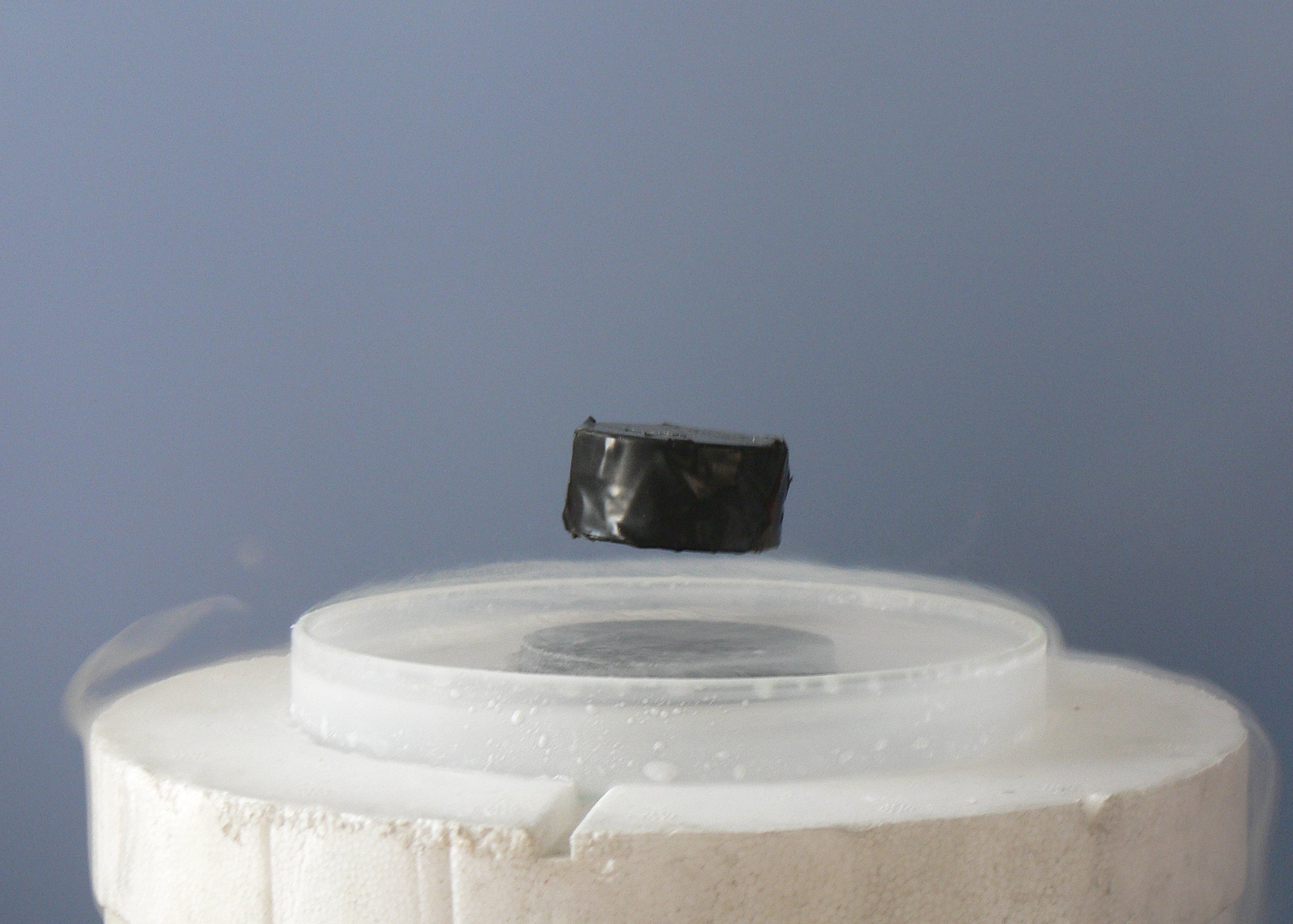
Photo from academic.microsoft.com
Chirality is a property of matter which manifests at any length scale and can equally appear as quantum phenomena and in three-dimensional macroscopic structures. However, while chirality can be easily… Click to show full abstract
Chirality is a property of matter which manifests at any length scale and can equally appear as quantum phenomena and in three-dimensional macroscopic structures. However, while chirality can be easily achieved by removing the inversion symmetry operation in hexagonal or tetragonal metal structures, chirality in metals is an unusual and barely developed phenomenon. Nevertheless, chirality can greatly alter mechanical and functional features of materials, making them suitable for catalysis, optics, electromagnetism, thermoelectricity and superconductivity; properties strictly dependent on the anisotropy of the crystal and on the direction of the applied force. This review aims to extend the definition of chirality to describe nanoclusters, metal surfaces and crystals and to provide an interdisciplinary overview on how symmetry can affect their properties. This review was submitted as part of the 2016 Materials Literature Review Prize of the Institute of Materials, Minerals and Mining run by the Editorial Board of MST. Sponsorship of the prize by TWI Ltd is gratefully acknowledged.
Journal Title: Materials Science and Technology
Year Published: 2017
Link to full text (if available)
Share on Social Media: Sign Up to like & get
recommendations!